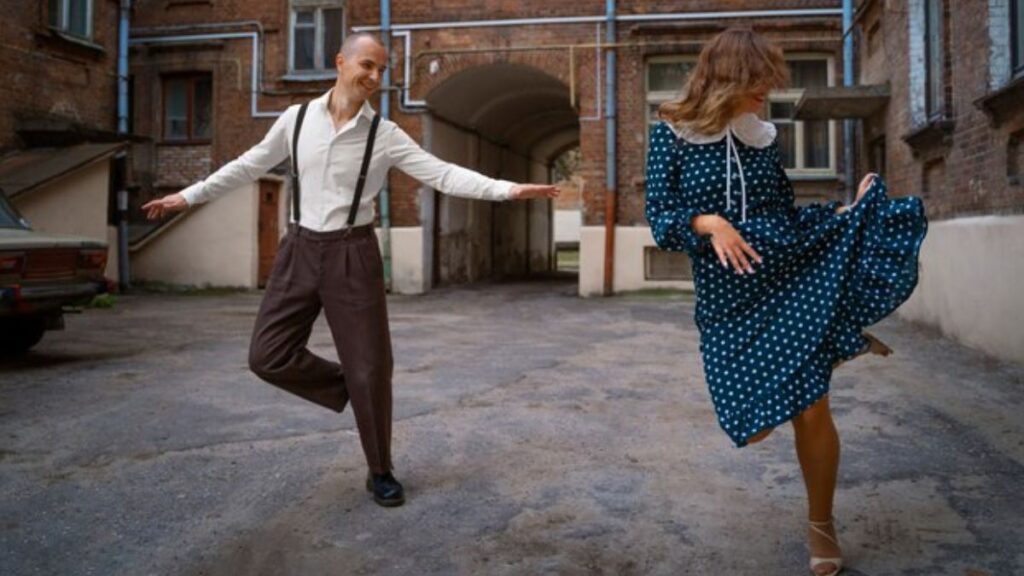Entertainer Background 5e, Dungeons & Dragons (D&D) 5e offers a large canvas for character development, and one background that adds flair and interest to a character’s narrative is the Entertainer background. In this post, we’ll dig deep into developing the tale of an entertainment, studying the complexities of their past, abilities, and the burstiness and ambiguity that create their path.
Defining the Entertainer Background 5e
What it means for a character:
The Entertainer Background 5e isn’t just about performances; it’s a lifestyle that shapes a character’s viewpoint. Entertainers, whether they be a charming bard or a daring acrobat, provide something special to the adventuring group.
Key features and traits:
Before we get started on the history, it would be helpful to have a firm grasp on what makes an entertainer tick. The core of their powers is skill in performance and acrobatics, as well as a selection of craft-related items.
Creating a Backstory for Your Entertainer Character
Choosing a type of entertainer:
Entertainers may take many forms, from musicians to fools. Think about the sort of performer you want your character to be. Do they have talent in any of these areas or something else entirely?
Linking the background to character goals:
(Entertainer Background 5e) The performer’s background should flow naturally into their current aspirations. The history should fit the character’s goals, whether they are fame, redemption, or a secret motive.
Skills and Proficiencies of an Entertainer
Performance and Acrobatics:
The entertainer (Entertainer Background 5e) relies heavily on these abilities for their livelihood. Their on- and off-stage abilities are defined by these skills, whether they are used to wow an audience with music or to flee danger.
Tools of the trade:
A musical instrument or a disguise kit, for example, might give a character more dimension and be useful in the adventure environment.
Entertainer Background 5e in Gameplay
Role-playing opportunities:
A performer’s past can lead to some interesting cameos. There is a wide range of potential uses for performances, from passing the time with other party members to bargaining with non-player characters.
Influence on character development:
As the character matures, their background continues to impact their growth. The powers and personality of the character develop along with the performer’s skills and experiences.
How to Incorporate Burstiness into Your Character’s Story
Understanding burstiness in a D&D context:
As used in Dungeons & Dragons, “burstiness” describes the appearance of a significant plot point out of the blue. This may be anything from an unexpected performance for the royal family to a chance meeting with a competing act.
Examples of burstiness in an entertainer’s life:
Share experiences of how an entertainer’s life may be full with surprises – spontaneous invites to large events, unforeseen problems during performances, or unplanned chances that catapult the character into the forefront.
The Perplexity of an Entertainer’s Journey
Dealing with unexpected challenges:
The condition of being perplexing is one of great complexity and difficulty. Examine how a performer handles tricky situations, such as a customer with ulterior motivations or a magical disruption that interrupts the show.
Adapting to diverse audiences:
Situations featuring a wide range of audience members can be particularly challenging for performers. This component enriches the character’s experiences by allowing them to perform for audiences of various ethnicities and cultures.
Building a Compelling Narrative
Utilizing perplexity and burstiness for depth:
A engaging performer’s backstory strikes a balance between mystery and excitement. Integrate these into a rich story that keeps gamers engrossed in the protagonist’s plight.
Balancing specificity and context:
While a sense of urgency and confusion may give dimension to a story, it’s important to keep track of the details. Maintain a compelling and consistent character journey by striking a balance between specific narrative and the larger setting.
The Active Voice in Character Development
Engaging storytelling through the active voice:
To better describe the character’s activities and experiences, you should go from the passive to the active voice. This not only makes the story more exciting, but it also puts the player in the character’s dynamic environment.
Creating dynamic character interactions:
Conversations and choices between characters are strengthened by the use of active voice. Players don’t feel like passive bystanders as they shape the character’s destiny.
Using Rhetorical Questions for Character Depth
Prompting self-reflection for the character:
Use rhetorical questions to explore the inner workings of your character’s mind. Pose questions that cause the player to ponder on their character’s difficulties and motives.







